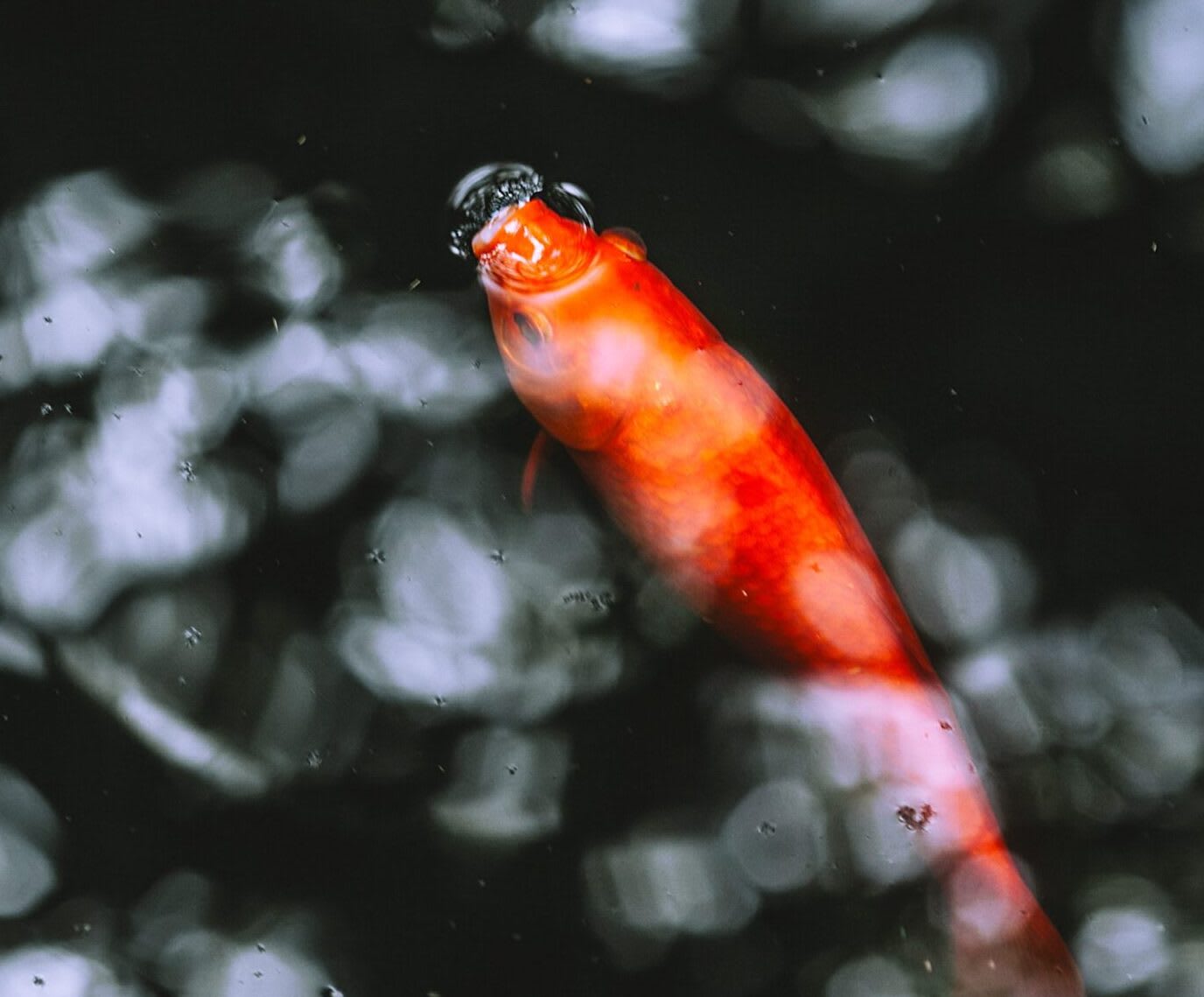In early spring when the ice melts off my little fish pond, I’m always surprised to see the goldfish bubbling up at me after a full winter of neglect. For such delicate-looking creatures, they sure are hardy little boogers. It’s hard to beat a water feature in your yard, whether it’s a waterfall running into your koi pond, or a 3 x 3 plastic pond insert you picked up at a big box store. If you’ve ever thought about a water feature, I’d encourage you to give it a try. It’s very easy to maintain with a few tips, and now is a great time to put one in place.
Step one is determining where you’d like to place your pond. It’s there to be enjoyed, so next to a deck or patio is perfect. If it’s out of sight, it will probably be out of mind, so choose carefully. The sound of water can be a real stress reducer, so consider having some movement in your pond like a small fountain, a series of ponds running into each other, or a waterfall feature.
Step two is to install the pond itself, and there are two easy options. You can pick up a free-standing pond insert, or a series of inserts, or you can dig the shape of your choosing and line it with pond liner, which is a rubberized membrane that’s safe for fish and can be molded to just about any shape. The pond inserts are a little easier to install, and a good pick if you want a small water feature, but they tend to have an oh-I-see-you-went-to-Home-Depot look about them.
Step three is to install some type of pump if you would like some movement in the water, and some help keeping the water clean. A variety of pumps and features are readily available, and they can power a small sprite fountain or a full waterfall and filter system. My setup is pretty simple, it’s a round insert about four feet across and about two feet deep and it has a small pump that brings the water up to my 1940’s concrete fat cherub riding a dolphin fountain that spits it back in the pond. Come to think of it, the only reason I have a fish pond is that I had to have the fat cherub riding the dolphin fountain, and then I had to have a fish pond to go with said fountain. Don’t judge, a girl wants what a girl wants.


